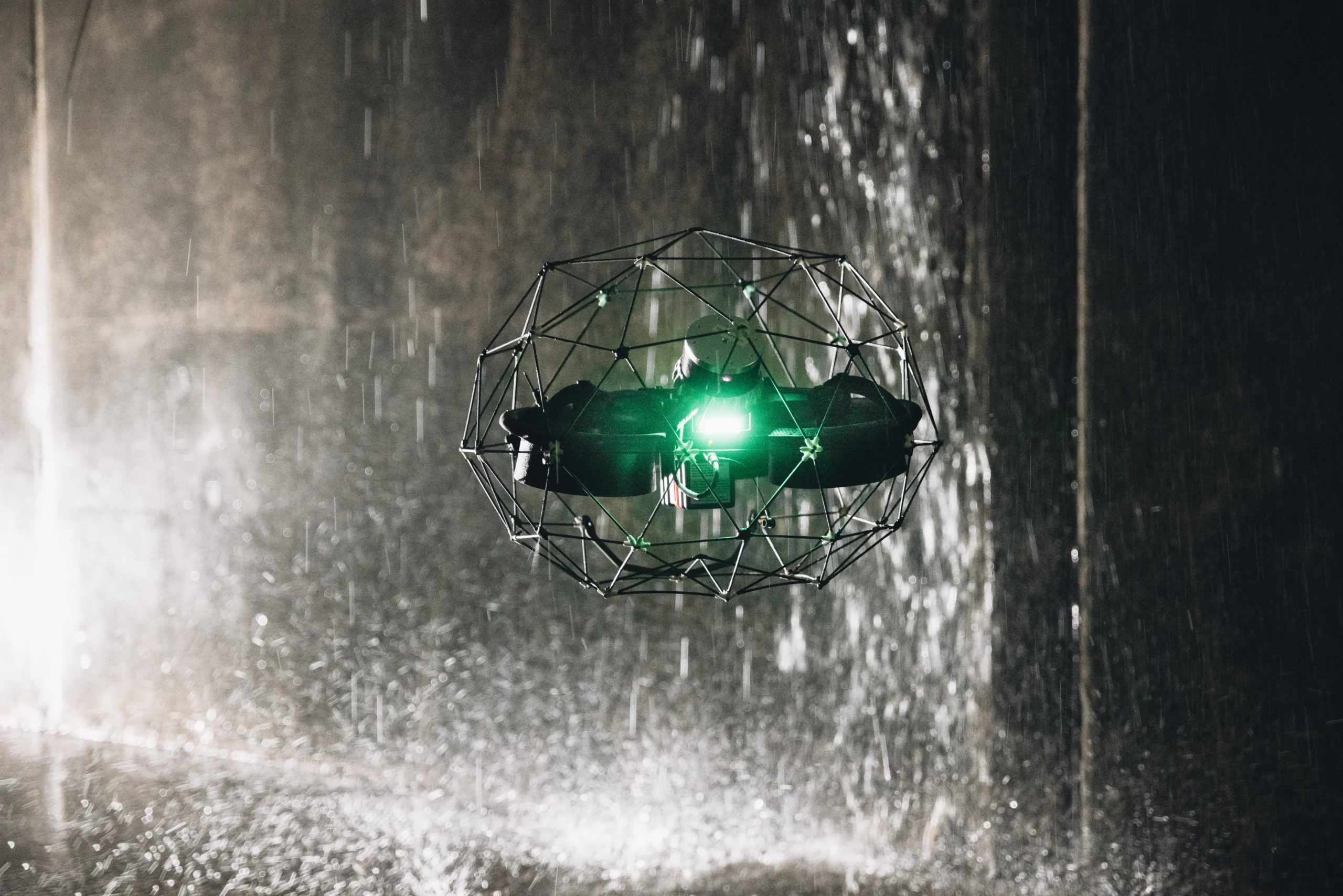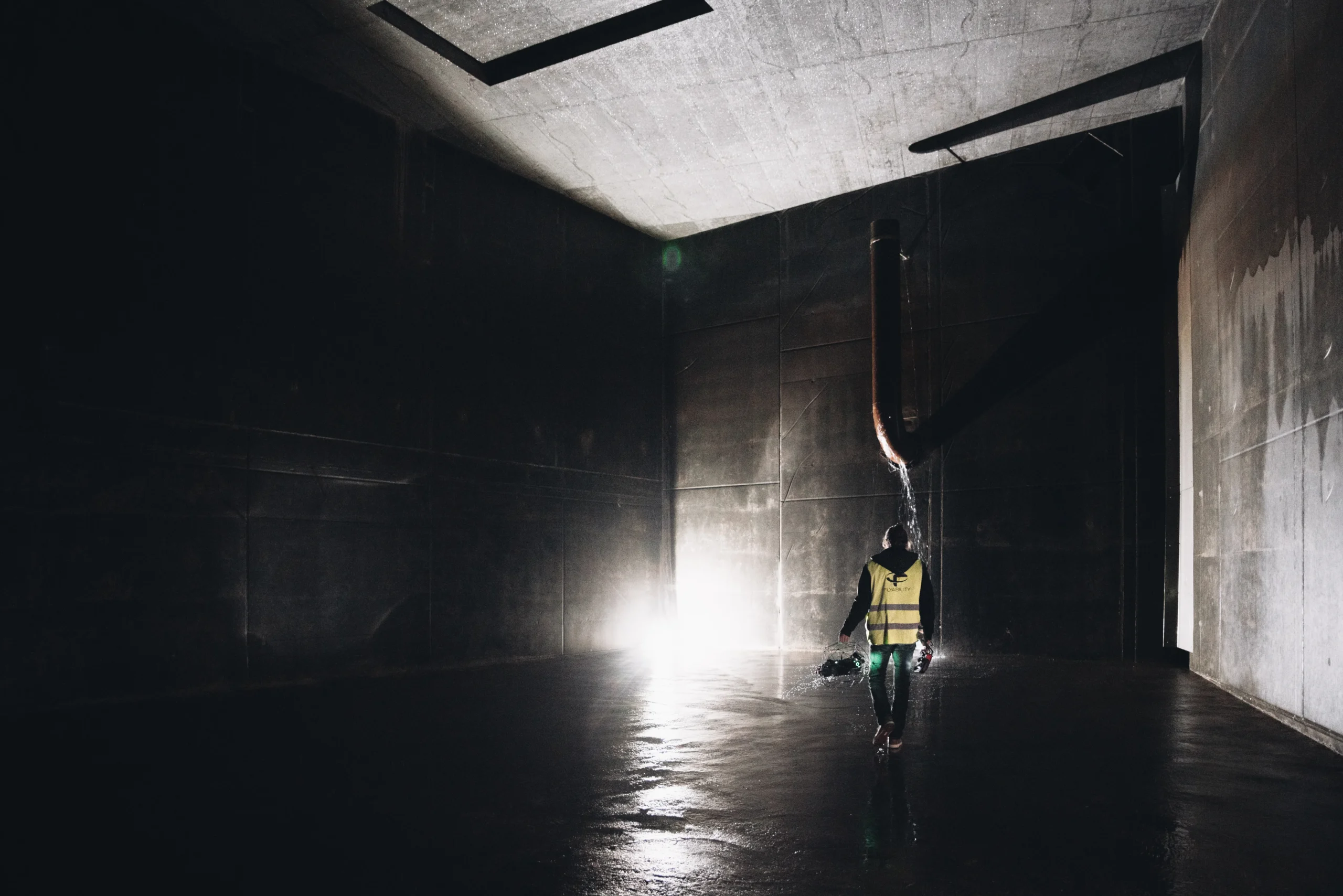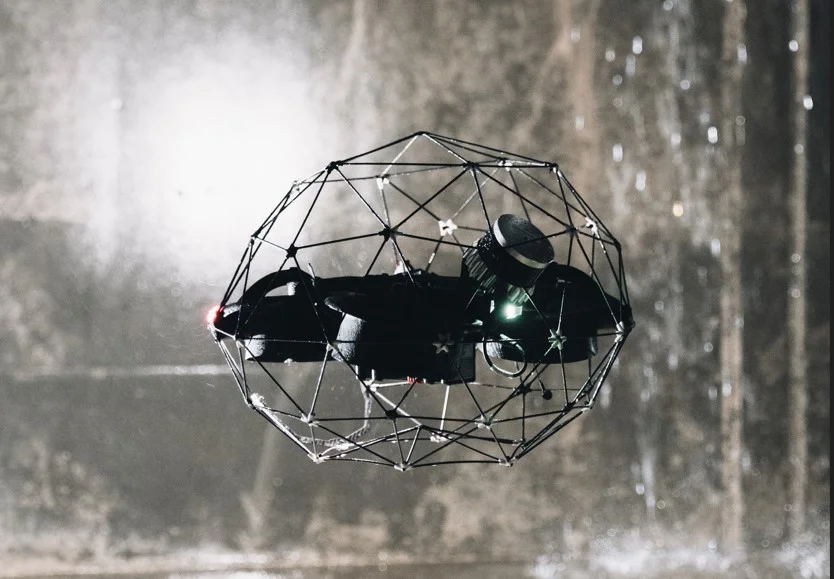Zerstörungsfreie Prüfung für einen Energieversorger
Structural Repairs stand vor einer komplexen Aufgabe bei der Durchführung einer zerstörungsfreien Prüfung (NDT) für die Wasseraufbereitungsanlage eines Versorgungsunternehmens. Die größte Herausforderung bestand darin, enge Räume mit eingeschränktem Zugang zu inspizieren und gleichzeitig die Sicherheit der Arbeiter zu gewährleisten und kostspielige Anlagenstillstände zu vermeiden. Schlechte Beleuchtung, mögliche Kommunikationsunterbrechungen und die Notwendigkeit, kleinste Defekte in schwer zugänglichen Bereichen zu identifizieren, erschwerten die Aufgabe zusätzlich.
Das Projekt erforderte eine innovative Lösung, die diese Hindernisse überwinden und gleichzeitig genaue, detaillierte Beurteilungen kritischer Infrastrukturen liefern konnte. Herkömmliche Inspektionsmethoden konnten diesen vielfältigen Anforderungen nicht gerecht werden, so dass ein neuer Ansatz erforderlich war, der Sicherheit, Effizienz und Präzision bei der Inspektion von engen Räumen vereint.
Structural Repairs deployed a versatile indoor drone with advanced industrial inspection capabilities, featuring cutting-edge technology specifically designed for confined space inspections. This innovative solution leveraged state-of-the-art LiDAR-based mapping, advanced collision resilience, and high-precision imaging capabilities to conduct a comprehensive NDT survey without compromising safety or operations.
The drone's robust, collision-tolerant design enabled close-up inspections in tight areas, while its advanced imaging system combined high-definition visual cameras with thermal sensors to detect minute defects. The powerful, dust-proof lighting system and versatile modular payload system ensured thorough inspections even in challenging conditions.
This solution offered a safe, efficient, and cost-effective alternative to traditional inspection methods, eliminating the need for plant shutdowns and significantly reducing safety risks associated with confined space entry.

Skilled operators navigated the drone through the water treatment plant's complex confined spaces, including narrow pipes, tanks, and intricate structural components. The drone's collision-resistant design allowed it to bounce off surfaces and continue unimpeded, accessing areas impossible for human inspectors.
As it moved, the drone's high-definition cameras and thermal imaging sensors captured detailed visual and thermal data, identifying a wide range of potential defects from surface corrosion to hidden leaks. The 3D live mapping feature, powered by LiDAR, enabled real-time visualization and assessment of the inspected areas.
The FlyAware engine provided centimeter-level accuracy, ensuring precise location and mapping of even the smallest defects. Throughout the inspection, the drone's powerful dust-proof lighting system ensured clear visibility in dark areas, while the Return-To-Signal feature maintained connectivity in weak signal zones.
This technology-driven process allowed for a thorough inspection of the entire facility, providing unprecedented access to hard-to-reach areas and gathering detailed data without disrupting plant operations.

Der innovative Ansatz der NDT-Untersuchung brachte dem Versorgungsunternehmen erhebliche Vorteile. Die Sicherheit am Arbeitsplatz wurde deutlich verbessert, da sich das Personal nicht mehr in gefährliche, enge Räume begeben musste. Gleichzeitig ermöglichte die nicht-intrusive Natur der Drohneninspektion einen ununterbrochenen Betrieb der Anlage, was zu erheblichen Kosteneinsparungen führte. Die gesammelten hochpräzisen Daten ermöglichten die Erstellung eines umfassenden digitalen Zwillings der engen Räume der Anlage, der einen unschätzbaren Wert für die zukünftige Wartungsplanung und Betriebsoptimierung darstellt.
Die durch die Untersuchung erstellte detaillierte Schadenskartierung ermöglichte die Entwicklung von priorisierten und gezielten Reparaturstrategien. Dieser Ansatz hat das Potenzial, die Lebensdauer von kritischen Infrastrukturen erheblich zu verlängern. Darüber hinaus hat der Erfolg dieser bahnbrechenden Inspektionsmethode einen neuen Industriestandard für die Bewertung beengter Räume in Versorgungseinrichtungen gesetzt und das Potenzial fortschrittlicher Technologie zur Revolutionierung herkömmlicher Inspektionsverfahren aufgezeigt.

Structural Repairs ist ein weltweit führender Spezialist